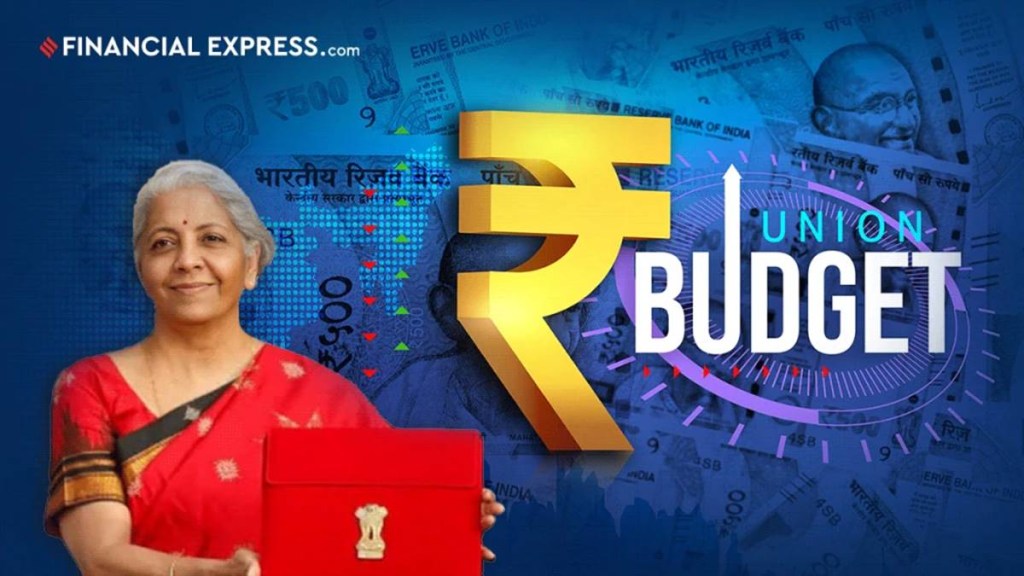As the FM rose to present her eighth consecutive Budget, there was a reasonable certainty of some tax relief for the middle class, especially after Prime Minister Narendra Modi’s comments alluding to the same in no uncertain way. The sheer scale and sweep of the announcement to enhance the threshold tax exemption limit from 7 lakh to 12 lakh is the biggest and boldest step in a single Budget ever since the “dream Budget” of 1997. The weightage of this measure in the Budget can also be gauged by the estimated revenue sacrifice of Rs 1 lakh crore which is a record by itself. More importantly, by recognising the contribution as well as the importance of the middle class, the government has rightly acknowledged the increasingly important role of this section of the populace in the nation’s journey to a developed economy.
This year’s Budget will also be remembered for finally heralding the dawn of a simplified new income tax code ( half in size to the current one) after over six decades of the current tax code, which has morphed into a monstrous complexity by inflicting “death by a thousand cuts” in each year’s Budget exercise. If the language and structure of the proposed new law does justice to the finance minister’s announcement in the Budget, it will truly ring in a fresh and energetic engagement by tax payers with tax administration hopefully laying the foundation for a genuinely stable and simple income tax code in the decades to follow.
Another path-breaking announcement is the setting up of the first-ever high-level committee to recommend changes needed in non-financial sector regulations. If implemented well, this can unleash much-needed reforms in regulations covering major sectors of the economy. This is also in tandem with the “light touch” risk-based regulatory approach advocated in the Economic Survey.
The other salient features of this year’s Budget are further rationalisation of TDS and TCS provisions, extending the simplified tonnage tax regime to inland vessels, extending time period of incorporation for availing tax benefits for startups, enhancing threshold turnover limit for applicability of safe harbour provisions in transfer pricing, and further rationalisation in customs duty tariff structure.
Despite no significant tax revenue raising measures to offset the large amount of revenue foregone on account of the relief provided in personal income tax, it is commendable that the fiscal deficit is contained at 4.4% of the GDP in FY26. The underlying assumptions of growth in revenues in FY26 of slightly over 10% from revised estimates in FY25 is in tandem with the assumed nominal GDP growth of 10.1%.
Interestingly, the revised downward estimate of capital expenditure in FY25 ( from Rs 15 lakh crore to Rs 13.2 lakh crore) has meant that the allocation of Rs 15.5 lakh crore in FY26 is, in effect, at the same level as the budgeted estimate in FY25. Thus, the shortfall in spending on capital expenditure in FY25 has actually afforded a lower effective allocation to capital expenditure in FY26 perhaps giving greater room to the government for the largesse on personal income tax.
Finally, as the Budget papers show, the trajectory of tax-to-GDP ratio has almost remained flat at between 11-12% of the GDP since FY17. The finance minister will be hoping that with her latest announcements of drastic reduction in effective personal tax rates for the middle class, the resultant buoyancy in tax revenues will improve the stubborn tax-GDP ratio in the years to come. This has to happen so that the FM’s assertion of “trust first, scrutinise later” becomes a reality for greater sections of the taxpaying populace.
The author is Senior advisor, EY India.
Disclaimer: Views expressed are personal and do not reflect the official position or policy of Financial Express Online. Reproducing this content without permission is prohibited.

